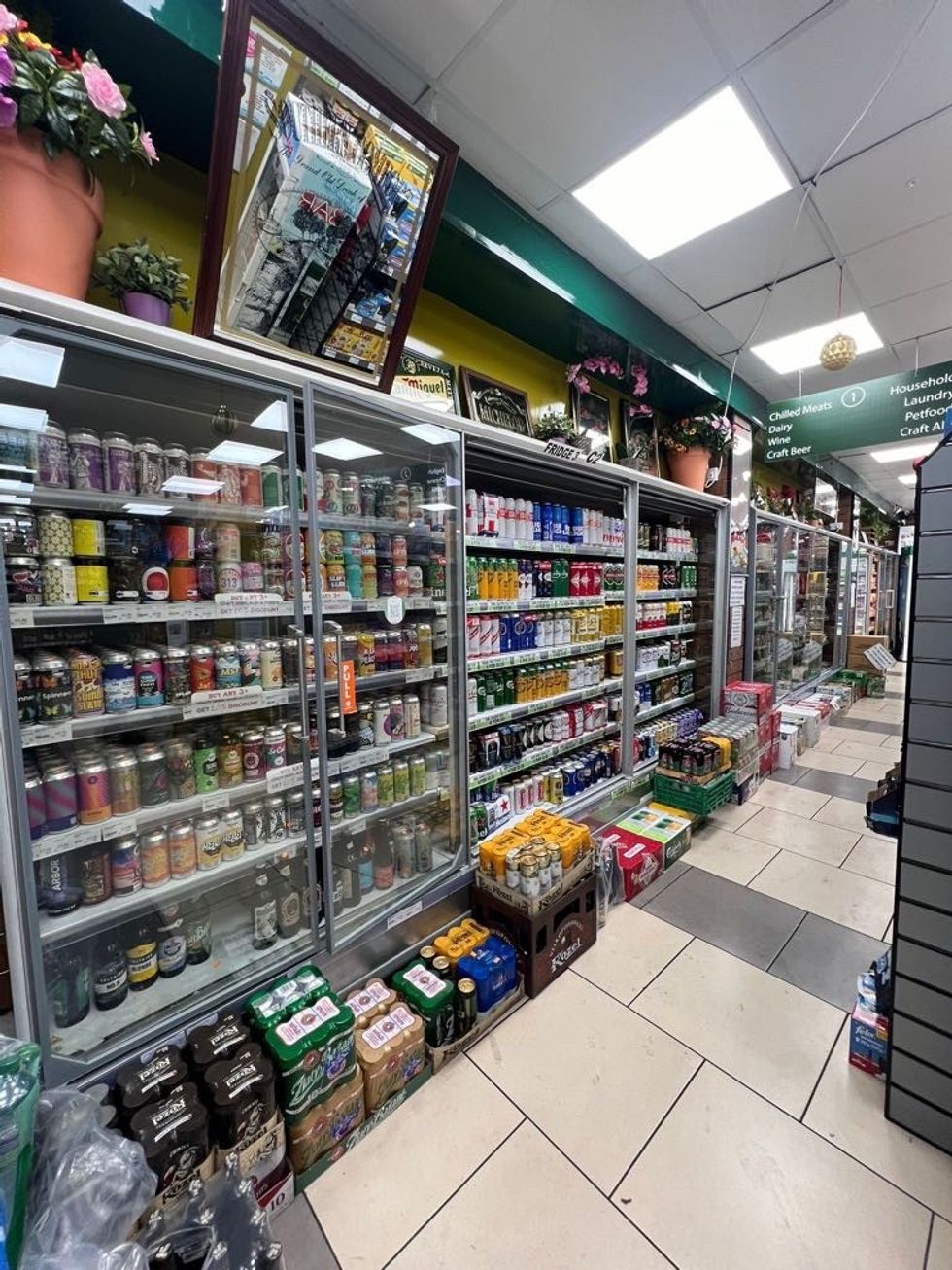Many a time it so happens in our country that a corner shop may appear to be ordinary, yet it holds a different world inside- a world full of surprises, excitement and innovative thinking. Perched a few hundred metres west of East Croydon Station in South London is exactly such an ordinary looking convenience store filled with amazement.
With a wide range of green and organic fresh produce, Freshfields Market in Croydon is certainly true to its name. Affiliated with Nisa, the store, owing to its affordable yet high-quality product line along with a banking hub in its Post Office and an equally helping staff, has emerged as a perfect go-to solution for the people of Croydon.
Run by retailer Benedict Selvaratnam (also known as Ben), the store has been the centre of the community for almost a decade now. The retailer attributes the store’s range of fresh, organic, and sustainably sourced products as its unique selling point (USP), something which draws a consistent and constantly increasing footfall.
Speaking to Asian Trader, Ben explained how he likes to keep his store stand apart in the region through a reliable, high-quality, unique yet affordable range.
“The strength and unique selling proposition of Freshfields Market lie in our unwavering commitment to quality and sustainability. We distinguish ourselves by offering an extensive range of fresh, organic, and sustainably sourced products.
“Our product line includes everything from locally grown produce to a variety of international foods, catering to the culturally diverse tastes and dietary needs of our community. We have an in store butcher that sells fresh, quality meats sourced from UK farms including pork, beef, lamb, rabbit and other exotic meats.”
The store not only stocks a wide range of fresh produce, but also actively promotes healthy eating habits in the community.
“What sets us apart is our dedication to creating a shopping experience that is both engaging and educational. We also post on our social media accounts including Tik Tok where we not only showcase our products but also educate our customers on the benefits of healthy eating and sustainable living.
“This holistic approach to retail helps us build a loyal customer base and fosters a strong sense of community around our brand,” Ben said.
Freshfields Market has been serving the Croydon community for approximately eight years now.
Ben told Asian Trader, “I acquired the site in 2016 with a vision to create a marketplace that offers high-quality, fresh, and sustainably sourced foods. Over the years, we have expanded our product range to include a diverse selection of international foods as well, allowing our customers to experience global cuisines from the comfort of their homes.
“Our commitment to quality and sustainability has been the cornerstone of our success and growth in this vibrant community.”
While Ben takes pride in his store’s fresh green organic produce and international food section, his customers seem to be more in awe of its array of local and international craft beers. The store enjoys rave reviews on the internet with customers talking about the astonishingly wide range of beer that the store keeps.
A London-based Yelp user seems deeply impressed with a “whole freaking wall” in the store devoted to the fine art of artisanal brews.
“Every time my husband and I visit, we stand in front of the shelves like the proverbial kids in a candy shop. They've also hired a well-educated staff member to help you pick out the perfect beer for your palate,” writes the Yelp user.
From the well-known craft breweries like Thornbridge to the distinctly local like Cronx, Freshfields has a dizzying selection of beers that would make even the most casual of drinkers tingle with excitement.
Additionally, having a Post Office within the store further increases its footfall and popularity, making Freshfields Market a convenient one-stop shop for all.
“Our Post Office branch draws in people who might initially visit for postal services but then take the opportunity to explore our diverse product offerings. This synergy has been beneficial in enhancing our customer base and providing added value to the community.
“Being based in the town centre we have also become a popular banking hub for local businesses who deposit their takings and order their change from us. This contributes to the smooth running of our high street,” Ben said.
Community involvement is also at the heart of Freshfields Market.
Ben said, “We actively support local farmers and suppliers as that not only promotes local agriculture but also reduces our carbon footprint.
“We also partner with local schools and community organizations to support educational initiatives about healthy eating and sustainability.”
Looking ahead, the store is eyeing online home delivery orders for further expanding its customer base beyond its immediate geographical boundary.
Ben told Asian Trader, “As our online orders have increased, we are migrating from our existing provider to a Shopify account which will better cater to our needs.
“We aim to offer a seamless shopping experience that integrates our in-store and online services. Additionally, we plan to introduce more sustainable packaging solutions and continue diversifying our product range to include more specialty and international items. Our goal is to remain at the forefront of quality and sustainability in the retail sector, ensuring that Freshfields Market continues to meet the evolving needs of our customers.”
“These strategic initiatives are designed to enhance customer satisfaction, drive growth, and solidify our position as a leading retailer in the community.
“By implementing these plans, we hope to further our mission of providing high-quality, fresh, and sustainably sourced foods while fostering a strong community connection. We are also looking at opening another site in the early part of next year building on our USP’s,” Ben concluded.








